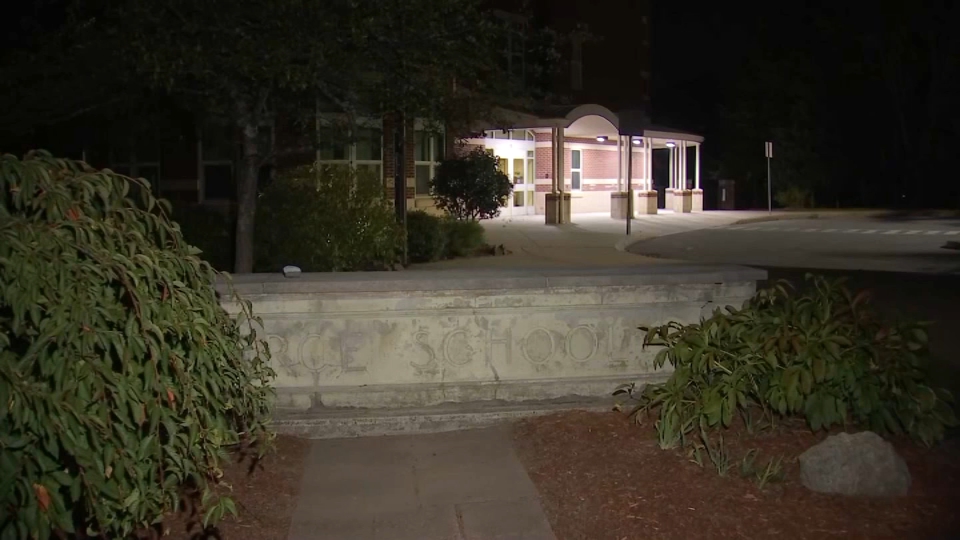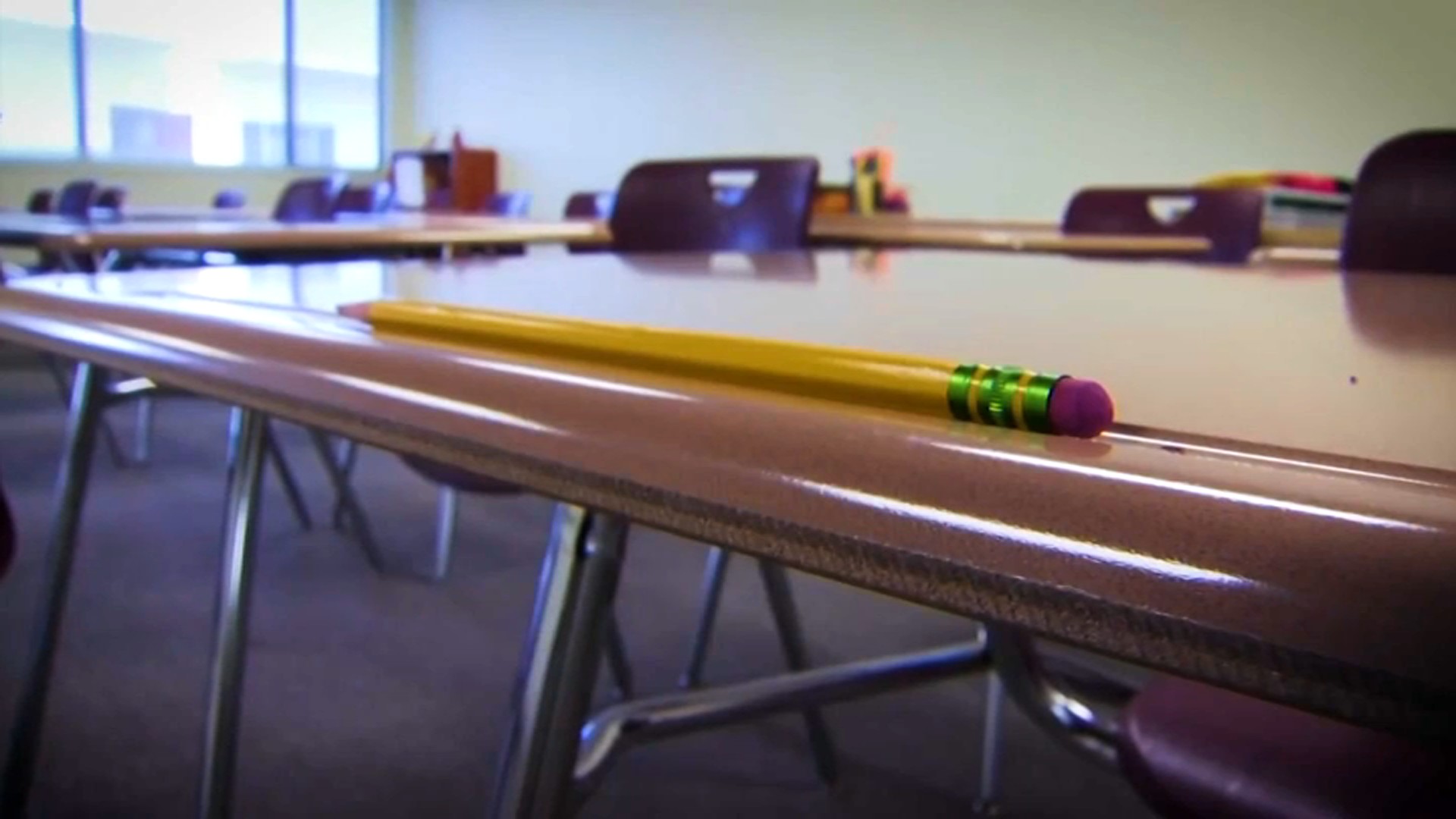The city of Boston may soon move into Massachusetts' highest-risk category for coronavirus transmission, indicated on the state's COVID risk map with red, Mayor Marty Walsh said Wednesday.
About eight new cases are being detected each day per 100,000 residents, Walsh said at his regular coronavirus briefing, which is the baseline for being classified as red on the Massachusetts risk map. He also said the city's positivity rate held about steady over the week before at 2.7%.
"There is an uptick in COVID activity that we're experiencing here in this city," Walsh said. "It has not crossed our threshold for real major concern yet, but we are monitoring the situation extremely closely."
Get Boston local news, weather forecasts, lifestyle and entertainment stories to your inbox. Sign up for NBC Boston’s newsletters.
The Massachusetts Department of Public Health found that Boston's incidence rate was 7.9 cases per 100,000 people, just short of the level to be considered high risk, which is 8 cases out of 100,00 people. But the data is measured over two weeks, making it possible that Boston becomes high risk if the number of cases doesn't decline quickly.
Cities and towns in the red zone face increased scrutiny from state regulators and have access to increased coronavirus-fighting resources, officials have said.
"As far as the state metrics go, we are very close to moving into the red category on the map. That could happen either later today or next week," Walsh said.
He noted that he doesn't want to cause panic in Boston and that a shutdown is far away. He reiterated that the spread of the virus "is within our control" through the precautions he and health officials have preached throughout the pandemic, like wearing a mask, keeping social distance, not gathering in crowds and washing their hands.
Diners at “The Industry” in Dorchester’s Adam’s Village cringed at the mayor's news Wednesday night.
"It’s like we’re going backwards again because we already went through this red zone,” Lynn resident Jackie Gomez said.
“I think that if that happens we need to take care of ourselves and be very cautious,” David Bresnahan said as he dined out Wednesday night.
Walsh also said that Boston won't be allowing restaurants to seat 10 people per table, keeping the maximum at six. Gov. Charlie Baker had expanded the number of people who can sit at tables earlier Wednesday. The move is aimed at preventing large gatherings, according to the mayor.
“It’s hard but it is what it is," said Brian Leard. "If you want to stay open and survive in this climate you just have to do what they ask.”
People can also now sit at bars across the state and in Boston— but have to be six feet away from a bartender or have a barrier in between.
“If we have to build more partitions, we'll put more partitions up," Leard said.
He says bars offer what a table can’t.
“You’re looking at him. The bartender he makes your stay a little bit more enjoyable right? Entertainment value,” Leard said.
He also says they’ll do what it takes to stay safe.
"It's either go forward or just die on the vine," Leard said. "And we just can’t do it, so we’ll move forward.”
As of Wednesday, Boston had reported 16,766 cases of COVID-19, up 63 from Tuesday, with 761 deaths -- the same death toll as on Tuesday.
The remarks come two days after students in the Boston Public School district began their academic year remotely, amid trepidation about learning at home in what promises to be a year like any other.
Boston started school about three weeks later than normal due to COVID-19. While the district will transition to a hybrid model on Oct. 1, a lot of details are still being worked out, including bus routes, academic schedules, the distribution of chrome books, and repairs to 7,000 windows.
Still, Walsh said that the start of the school year was a success so far and a positive experience, under the circumstances.
"We've come a long way, we've learned a lot since we shut the school district down," Walsh said.
But he also cautioned that the reopening date is subject to change, if health metrics call for it.
Under state guidelines, cities and towns in red on the COVID-19 map should move to remote learning.
More Coverage on Schools Reopening in Massachusetts
As it stands right now, students with the highest needs will transition over to hybrid learning on Oct. 1.
Phases for rolling into in-person learning will begin no sooner than the dates listed below, according to district officials:
- Thursday, Oct. 1: Students with the highest needs
- Thursday, Oct. 15 (Group B) and Monday, Oct. 19 (Group A): Grades K0, K1, K2
- Thursday, Oct. 22 (B) and Monday, Oct. 26 (A): Grades 1-3
- Thursday, Nov. 5 (B) and Monday, Nov. 9 (A): Grades 4-8 (secondary schools start grades 6-8)
- Monday, Nov. 16 (A) and Thursday, Nov. 19 (B): Grades 9-12



